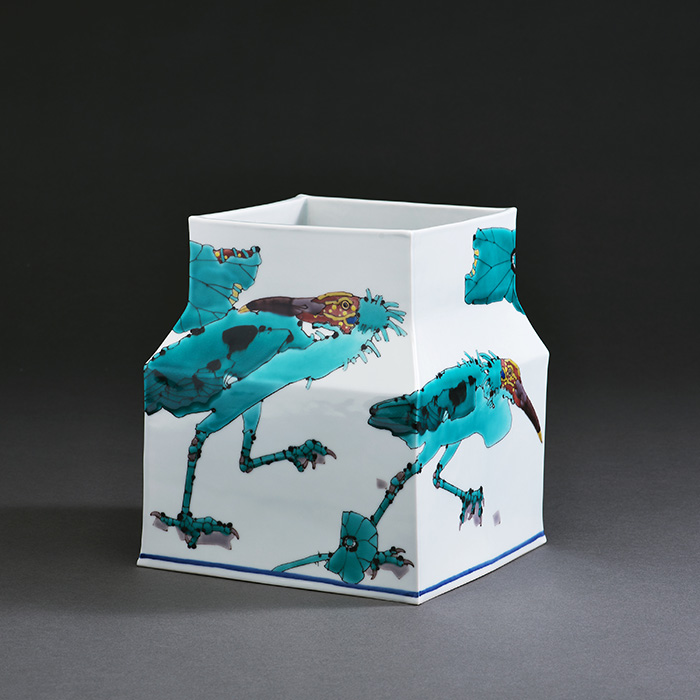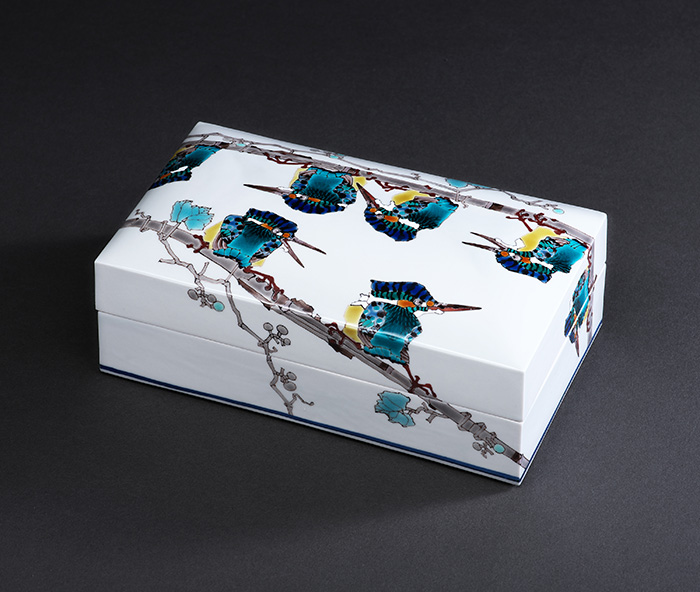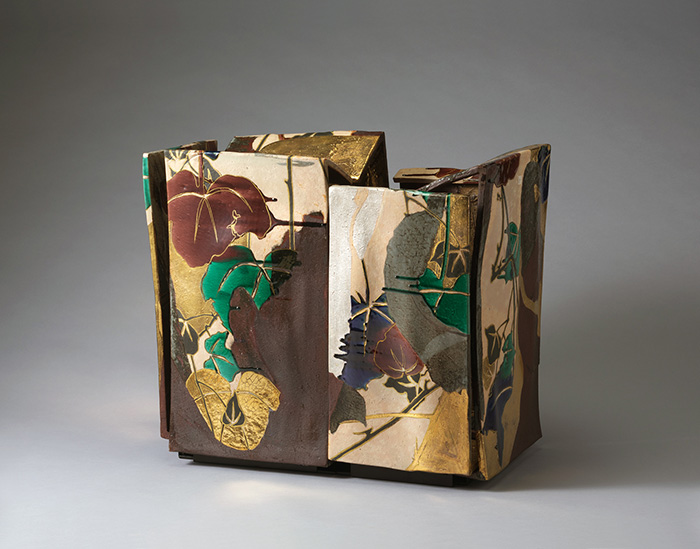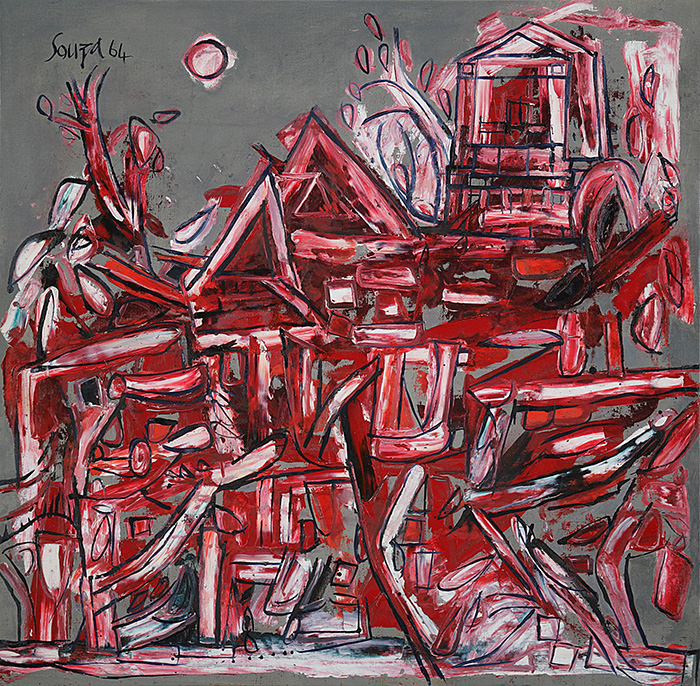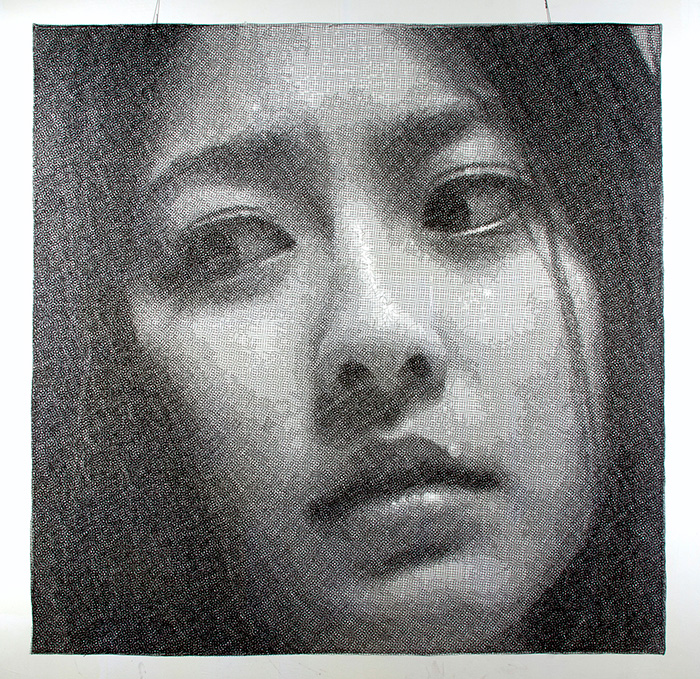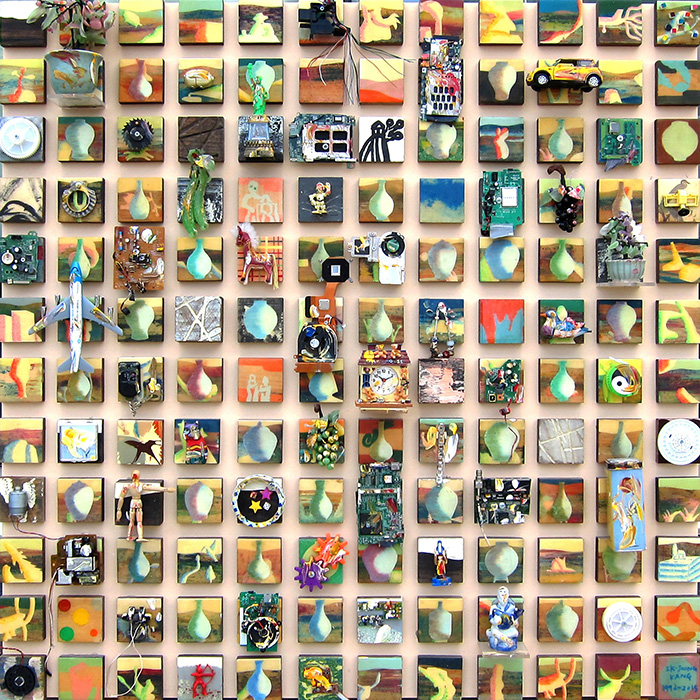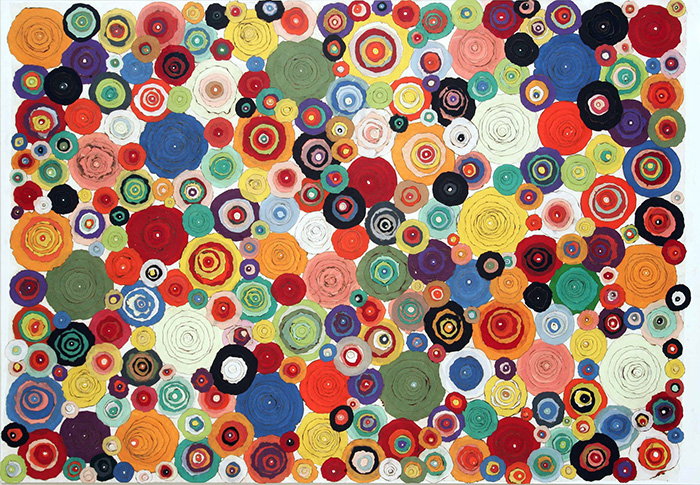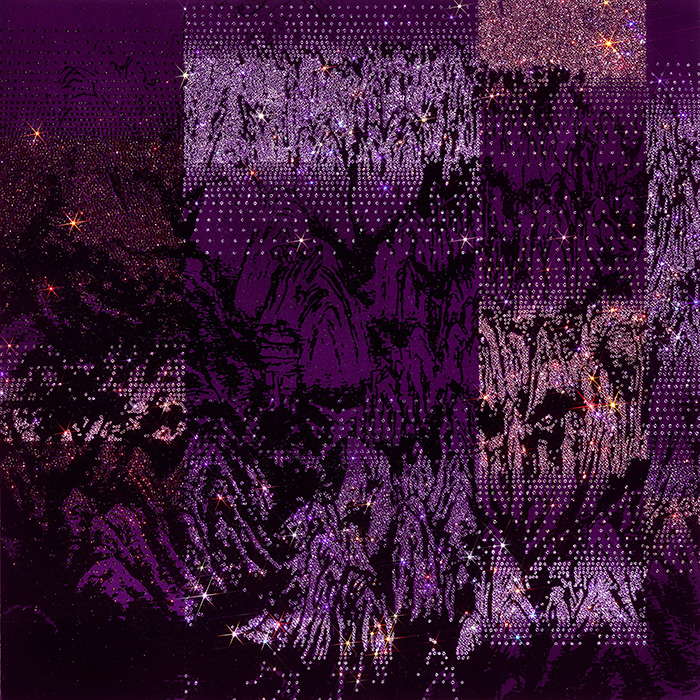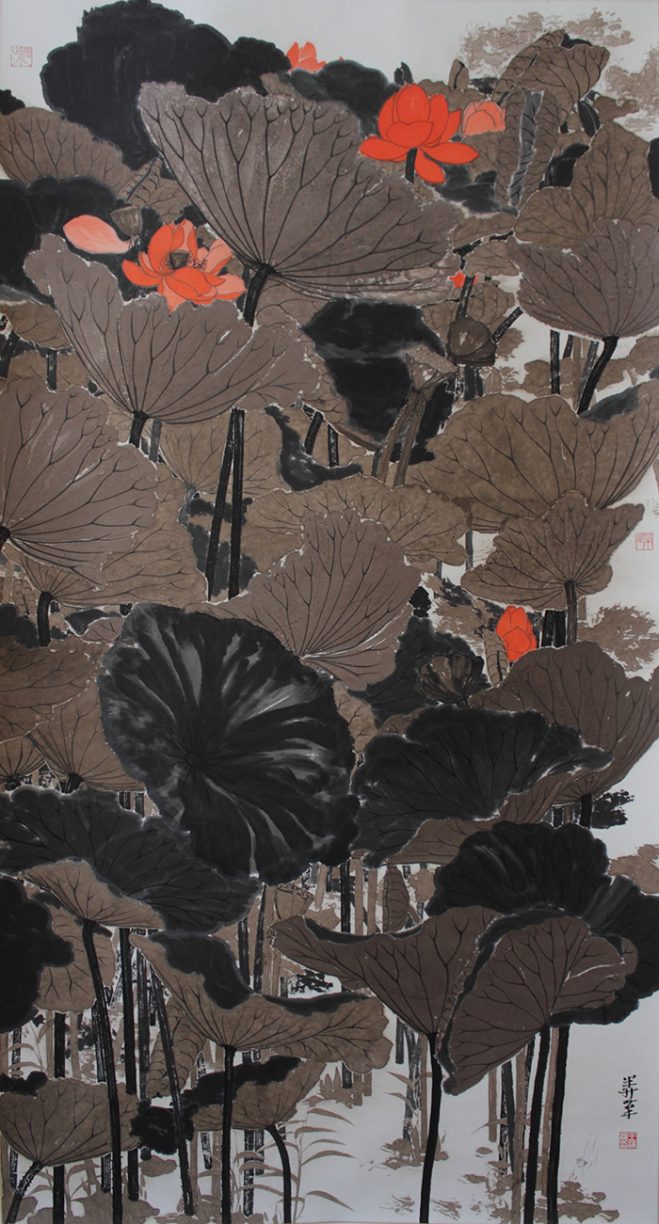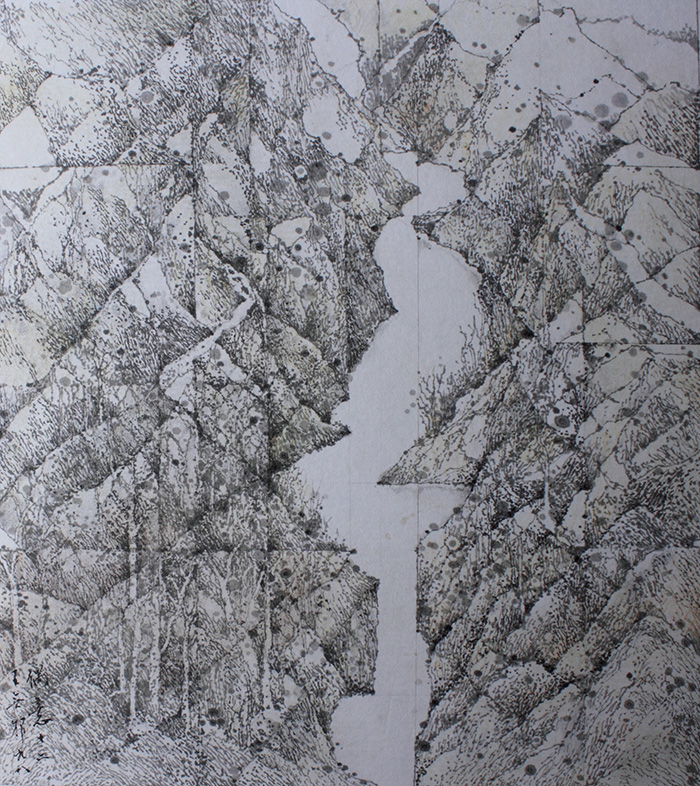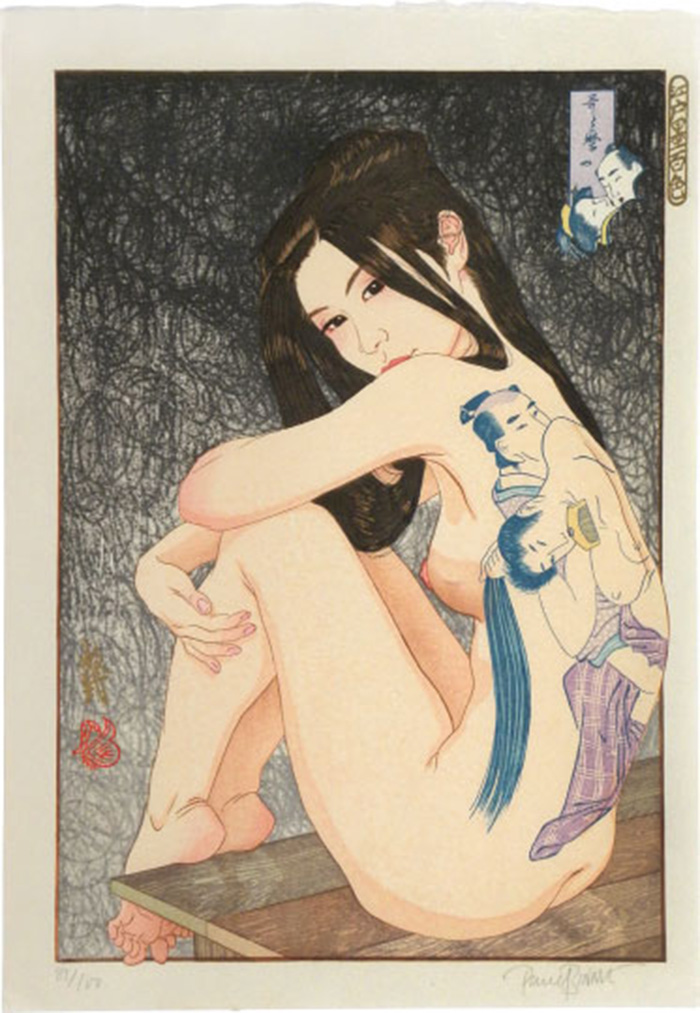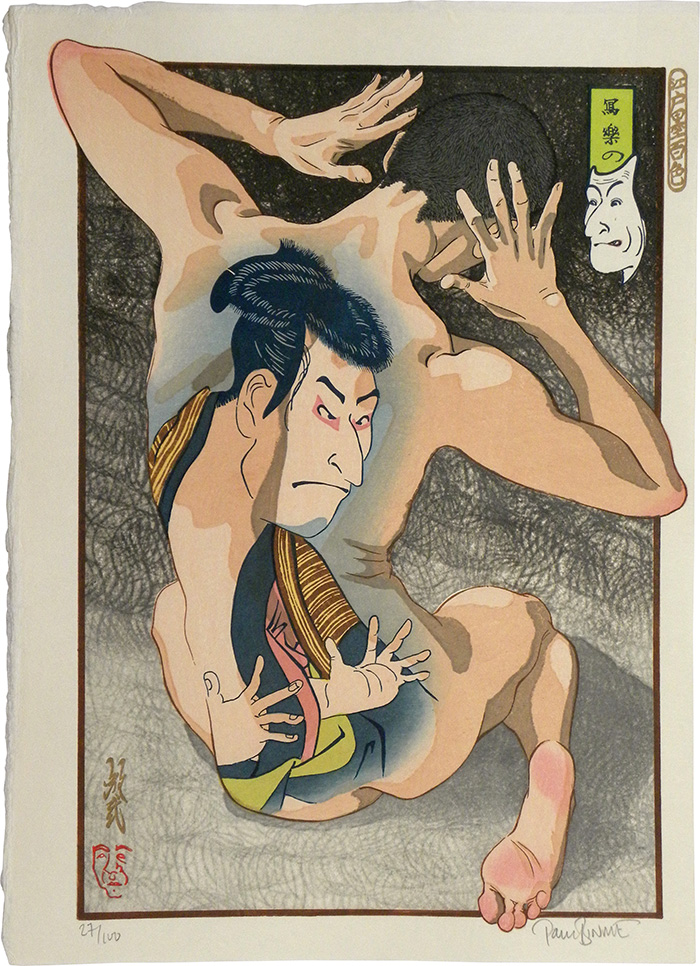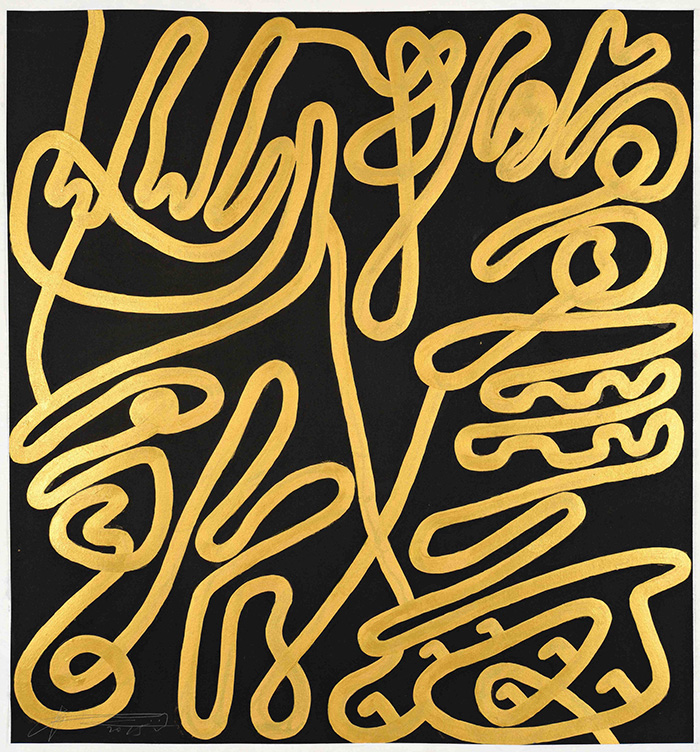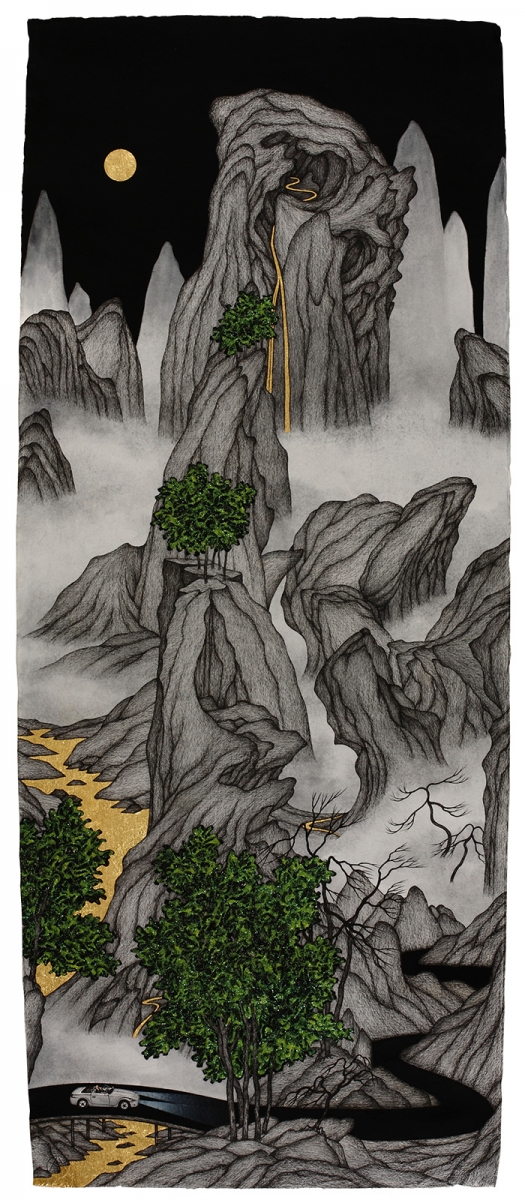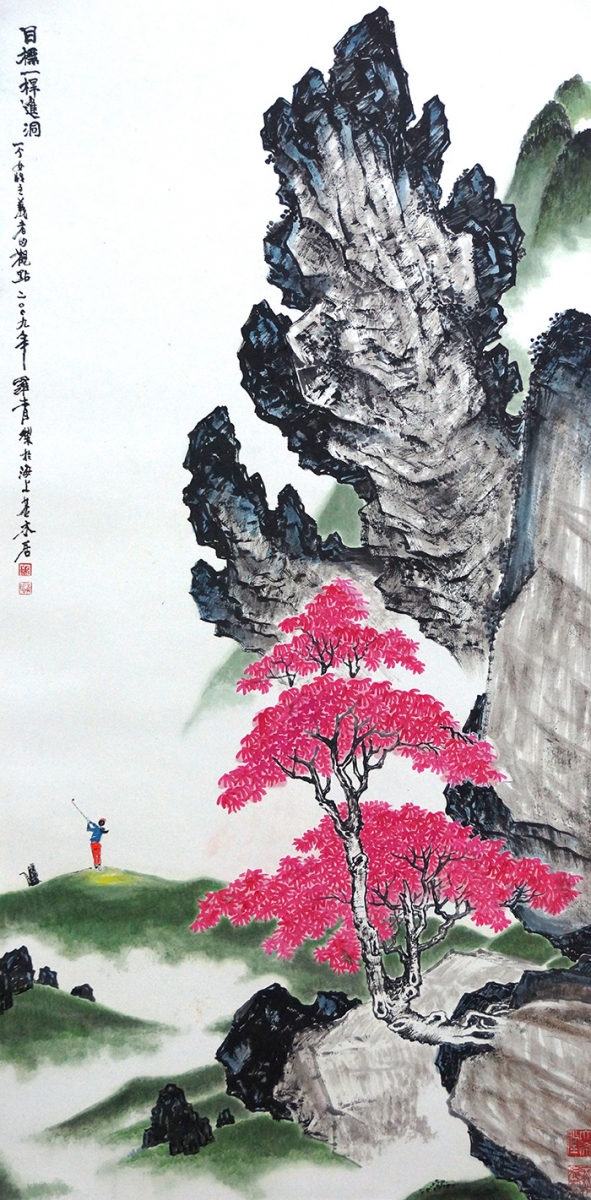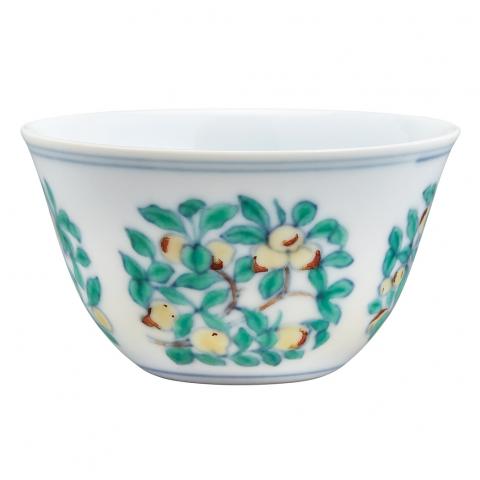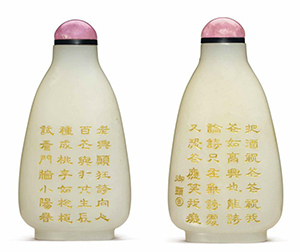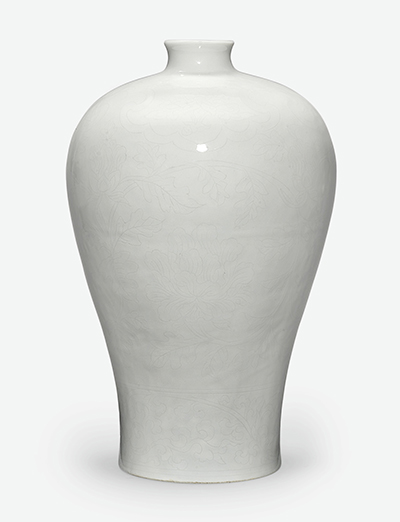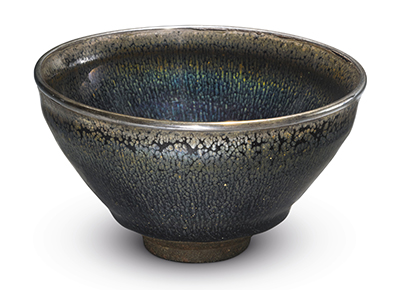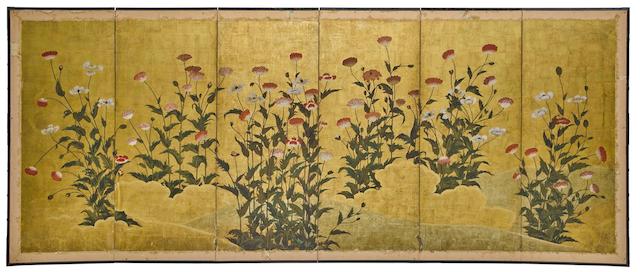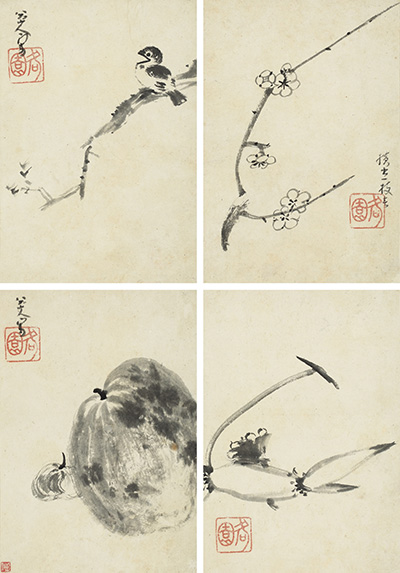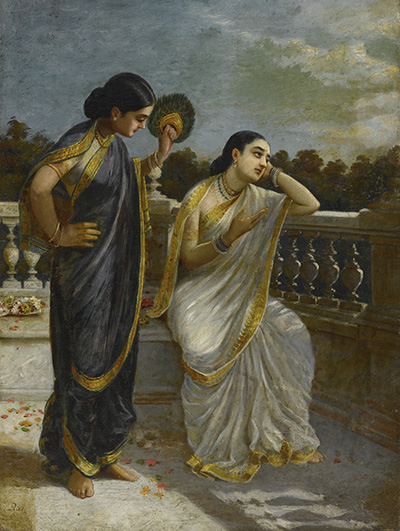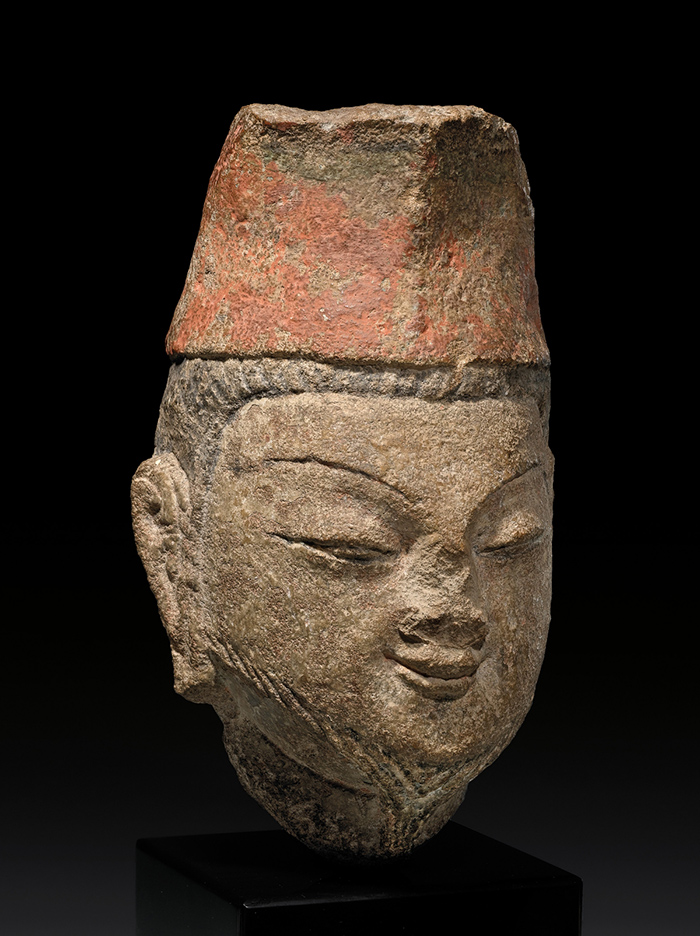The first-ever edition of Asia Week New York Contemporary will debut May 2 to 10, 2017, and feature dealer participants Michael Goedhuis, Kaikodo LLC, Kang Contemporary Korean Art, Navin Kumar Gallery, Joan B Mirviss LTD, Onishi Gallery and Scholten Japanese Art.
Following on the heels of Asia Week New York’s successful 10-day round of exhibitions and auction sales, which generated an outstanding $423 million, these seven esteemed galleries are mounting contemporary art exhibitions to tap into the buzz and energy from other modern and contemporary art fairs going on in Manhattan at the same time.
To celebrate this new edition, each gallery will present the works of renowned Asian artists and will hold open houses on Friday evening, May 5, from 6–8pm.
“This is a wonderful opportunity for us to open our galleries to the contemporary collectors who are in town for TEFAF New York Spring and Frieze,” comments Joan B. Mirviss.
Representing artists from China, Japan, Korea, and India, the must-see highlights include:

Qin Feng. Black Magic. Ink on paper, 3 x 3 ft.
Michael Goedhuis, here from London, presents Changing China: Contemporary Ink Painting, featuring 15 new works, by Chinese artists who are responding to the changing political, social and psychological landscape of China in reaction to the emergence of Trump and America’s new stance in the world. One of the exhibition’s highlights is a major work by Qin Feng, which was created to be part of his major exhibition and performance, Waiting for Qin Feng, at the Venice Biennale, in the San Giorgio Maggiore Monastery. “This work is one of the works that symbolizes his passionate desire for freedom,” notes the dealer. (At Traum Safe, 1078 Madison Avenue—please note this exhibition only opens May 4)

Luo Jianwu. Clear, Wondrous, Ancient, Strange. Hanging scroll, ink on paper, 621 x 74.3 cm (244 ½ x 29 ¼ in).
Kaikodo LLC, Twenty Years of Ink Art, presents new works by Luo Jianwu, Xu Jianguo, Mansheng Wang, Lin Yan and Qiu Mai (Michael Cherney), as well as paintings by Lin Guocheng, Wai Pongyu, Tseng Yuho (Betty Ecke), Zhu Daoping, Wucius Wong, Wu Qiang, Li Xubai, Zhang Hong (Arnold Chang), and Huang Zhongfang (Harold Wong). Taking center stage is the monumental masterpiece titled Clear, Wondrous, Ancient, Strange, by Luo Jianwu, which he took 8 years to complete, transforming the traditional hanging scroll format into a contemporary work of installation art. “Today the contemporary world in Chinese art is very rich and diverse and there are far more people trained and interested in the field. We trust this exhibition will appeal to them as well as to collectors of contemporary Western art,” shares Carol Conover, managing director of Kaikodo. (74 East 79th Street, Suite 14B).
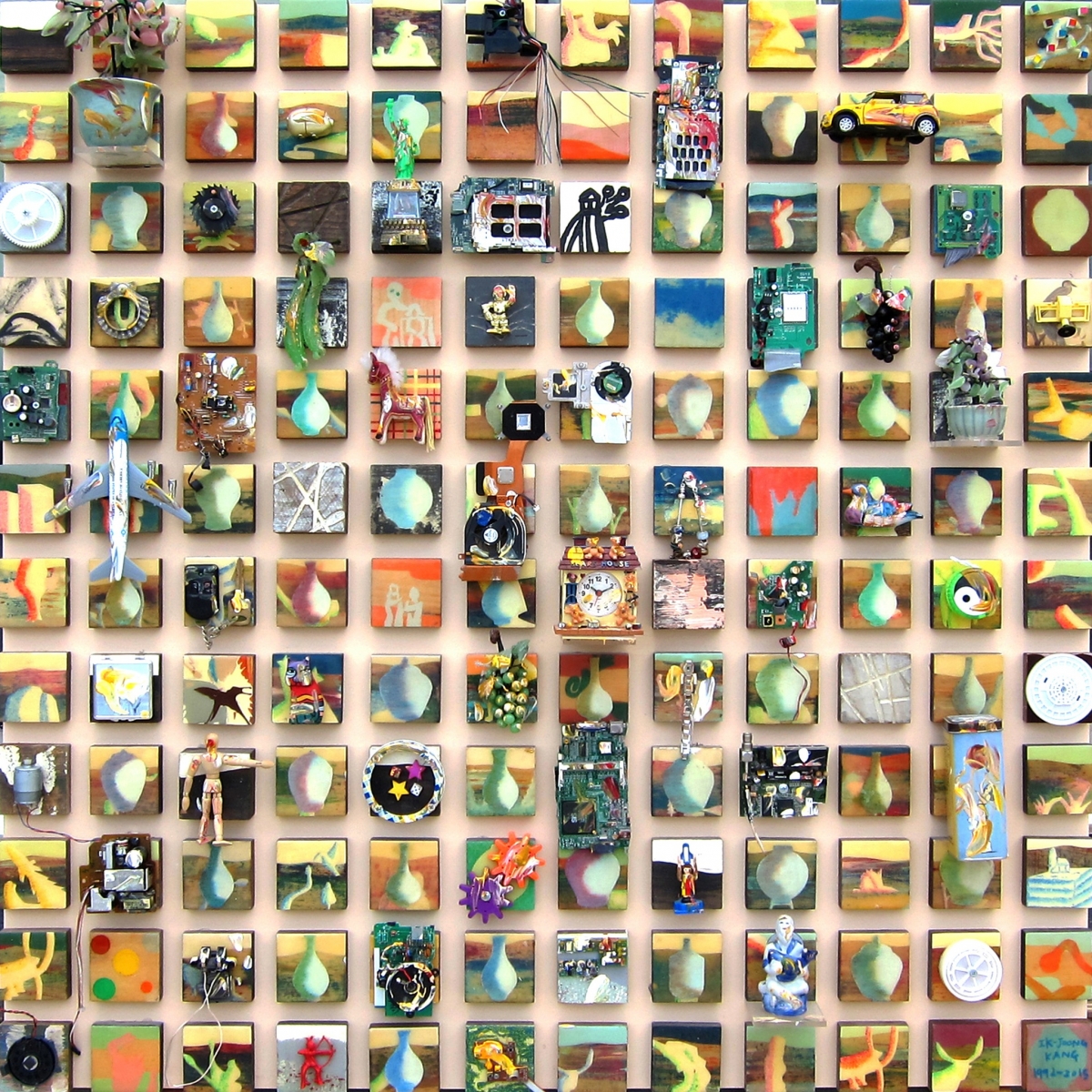
Ik-Joong Kang. Happy World – Blue Jumbo Airplane. 1992-2015. Mixed media on wood, 47 x 47 inches.
Korean Art: Now and Then at Kang Contemporary Korean Art, will feature the works of contemporary artists Ik-Joong Kang, Minjung Kim, and Seungmo Park, each of whom will explore in their own idiom the philosophical and spiritual experiences emanating from Korea’s rich cultural traditions, juxtaposed against a contemporary narrative delving into the human costs of a nation in the throes of rapid modernization. Other featured artists include Jongsook Kim, Lee Woorim, Seongmin Ahn, Suyeon Na and Dave Kim. “The works by the artists are organized to reveal the connections between the history of various recognizable Korean art forms and the more global view reflected in the imagery and techniques of the artists on display,” notes Peter Kang. (9 East 82nd Street, 3rd Floor).

F. N. Souza. Head. 1956. Oil on board, 42 x 32 inches.
Selections: Modern Indian Masters at Navin Kumar Gallery features paintings by 15 preeminent modern Indian painters including F. N. Souza, M. F. Husain, S. H. Raza, Ram Kumar, Akbar Padamsee, K. H. Ara, and B. Prabha. Their art ranges from abstract, figurative, surreal, to landscape, and the collection of works by these artists shows how they pushed the boundaries and plumbed the depths of what art could be, both from Indian and global perspectives. One of the exhibition’s highlights is Head, painted by Francis Newton Souza, one of the pioneers of modern Indian art. Thick black brushstrokes over layered oil paint delineate the disfiguration of form – arrows through the neck, and eyes towards the top of the forehead force the viewer to contend with an unapologetically honest message about the nature of self, but one that nonetheless charges the spirit with vitality. (24 East 73rd Street, Suite 4F).

Nakamura Takuo. Standing Sculpture with Clouds and Dragon Design. 2015. 57 3/8 x 19 5/8 inches.
Beyond Kutani: Innovations in Form and Color at Joan B Mirviss LTD, the first-ever joint exhibition which showcases two celebrated and innovative ceramic masters, Takegoshi Jun and Nakamura Takuo, both of whom are inspired by traditional kutani ware. “We are proud to present the work of these clay masters,” says Joan Mirviss. “This exhibition, featuring over 40 new works created expressly for this occasion, will highlight these two ceramists’ unique and divergent aesthetics, both developed in response to time-honored kutani artistic traditions but cast in very contemporary modes, featuring both functional and sculptural forms, all boldly decorated with polychrome under-glazing and overglaze enamels.” One of the standout pieces is Nakamura Takuo’s Standing Sculpture with Clouds and Dragon Design, from 2015, which stands over 57 inches x 19 5/8 inches. (39 East 78th Street, Suite 401).

Shun Sudo. Innocent Forest. 2017. Acrylic on canvas, 63 x 102 inches.
Onishi Gallery presents Playful Perfection: The Artist’s Imaginary Universe, which combines contemporary ceramics and sculpture with street art paintings. “My aim is to showcase cutting-edge contemporary artists and trends from Japan,” says Nana Onishi of her namesake gallery. Ms. Onishi will feature paintings by street artist Shun Sudo, the ceramics of Ito Sekisui, a 14th generation potter and National Living Treasure, the work of Tomoko Konno, part of a new generation of female ceramicists working in Japan, and the other-worldly wood sculpture of NAOYA. (521 West 26th Street).

Paul Binnie. A Hundred Shades of Ink of Edo: Hiroshige’s Edo. 2015. Woodblock print, 16 3/4 by 12 1/8 inches.
At Scholten Japanese Art, the provocative theme is nudes and tattoos including nudes with tattoos by Paul Binnie, who recently completed a series of prints called A Hundred Shades of Ink of Edo on which he spent eleven years, from 2004-2015. “The complete series of 10 is the inspiration for the show, and all 10 will be on display, along with related compositions,” explains Katherine Martin, managing director of the gallery. One of the standouts is Hiroshige's Edo, 2015, a woodblock print from a limited edition of 100. “We will also include at least 20 original drawings and watercolor and oil paintings of related subjects, many of which have never before been exhibited or offered for sale,” adds Ms. Martin. (145 West 58th Street, Suite 6D)
